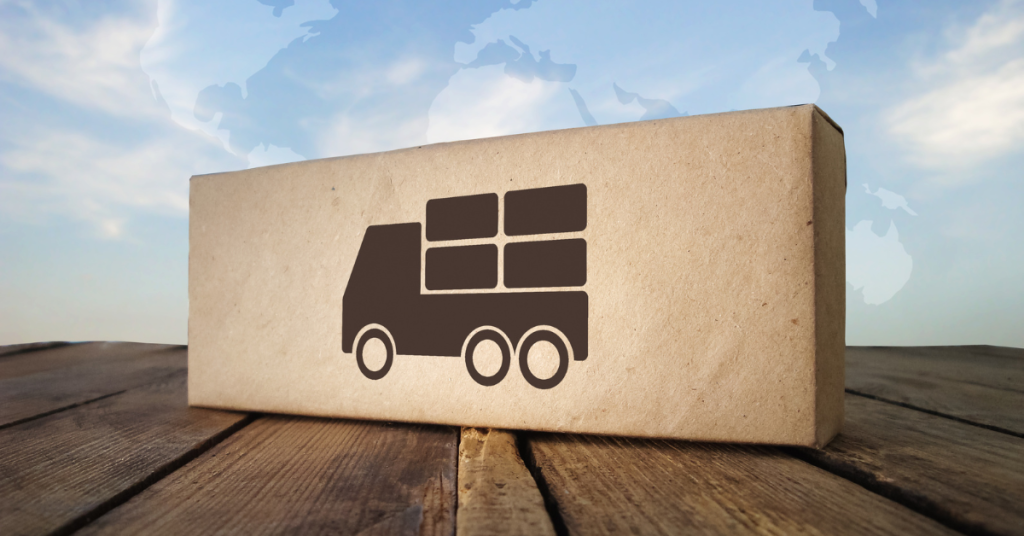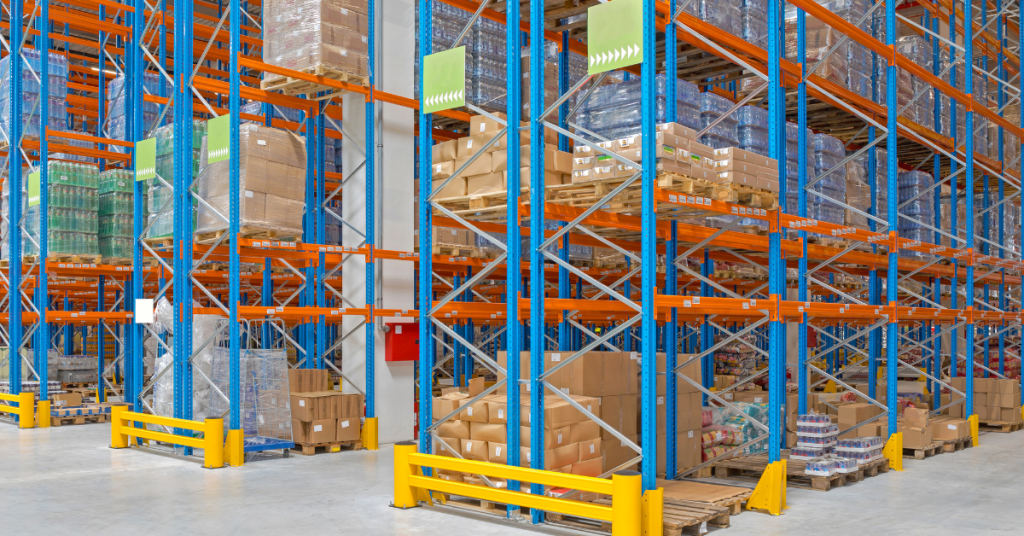In the world of ecommerce, logistics is a crucial element that can make or break a business. As an ecommerce entrepreneur, you need to ensure that your products are delivered to your customers in a timely and efficient manner, while also keeping your costs low. One solution to this problem is dropshipping. In this article, we’ll discuss the benefits of dropshipping and provide some tips for navigating the logistics landscape.
What is Dropshipping?
Dropshipping is a fulfillment method in which the retailer does not keep products in stock. Instead, the retailer partners with a supplier who fulfills the orders on behalf of the retailer. This means that the retailer does not have to worry about inventory management, warehousing, or shipping. Instead, the retailer focuses on marketing and sales while the supplier takes care of the rest.
Benefits of Dropshipping
- Low Startup Costs: Since you don’t have to invest in inventory upfront, dropshipping is a low-cost business model. This makes it ideal for entrepreneurs who are just starting out.
- Low Overhead: With dropshipping, you don’t have to worry about warehousing, packaging, or shipping. This means that your overhead costs are significantly lower than with traditional ecommerce businesses.
- Scalability: Dropshipping allows you to scale your business quickly and easily. Since you don’t have to worry about inventory management, you can add new products to your store without any additional costs.
Tips for Navigating the Logistics Landscape with Dropshipping
- Find a Reliable Supplier: The success of your dropshipping business relies heavily on the reliability of your supplier. When choosing a supplier, consider their reputation, product quality, shipping times, and customer service.
- Build Strong Relationships: Build strong relationships with your suppliers to ensure that they prioritize your orders and provide you with the best possible service. Keep in mind that your suppliers are an extension of your business, so their actions can have a direct impact on your success.
- Optimize Your Website: Optimize your website for conversions to ensure that your customers have a seamless buying experience. Make sure that your website is easy to navigate, your product descriptions are clear and concise, and your checkout process is smooth and secure.
- Offer Competitive Pricing: With dropshipping, you have the opportunity to offer competitive pricing since you don’t have to worry about overhead costs. However, make sure that you still maintain healthy profit margins to ensure the long-term sustainability of your business.
- Monitor Your Metrics: Keep a close eye on your metrics to identify areas for improvement. This includes tracking your conversion rates, customer retention rates, and shipping times. Use this data to make data-driven decisions and continuously improve your business.
Conclusion
Dropshipping can be a great solution for ecommerce entrepreneurs who want to minimize their overhead costs and scale their business quickly. However, success with dropshipping relies heavily on the logistics of the business. By following these tips and best practices, you can navigate the logistics landscape with ease and set yourself up for ecommerce success.








